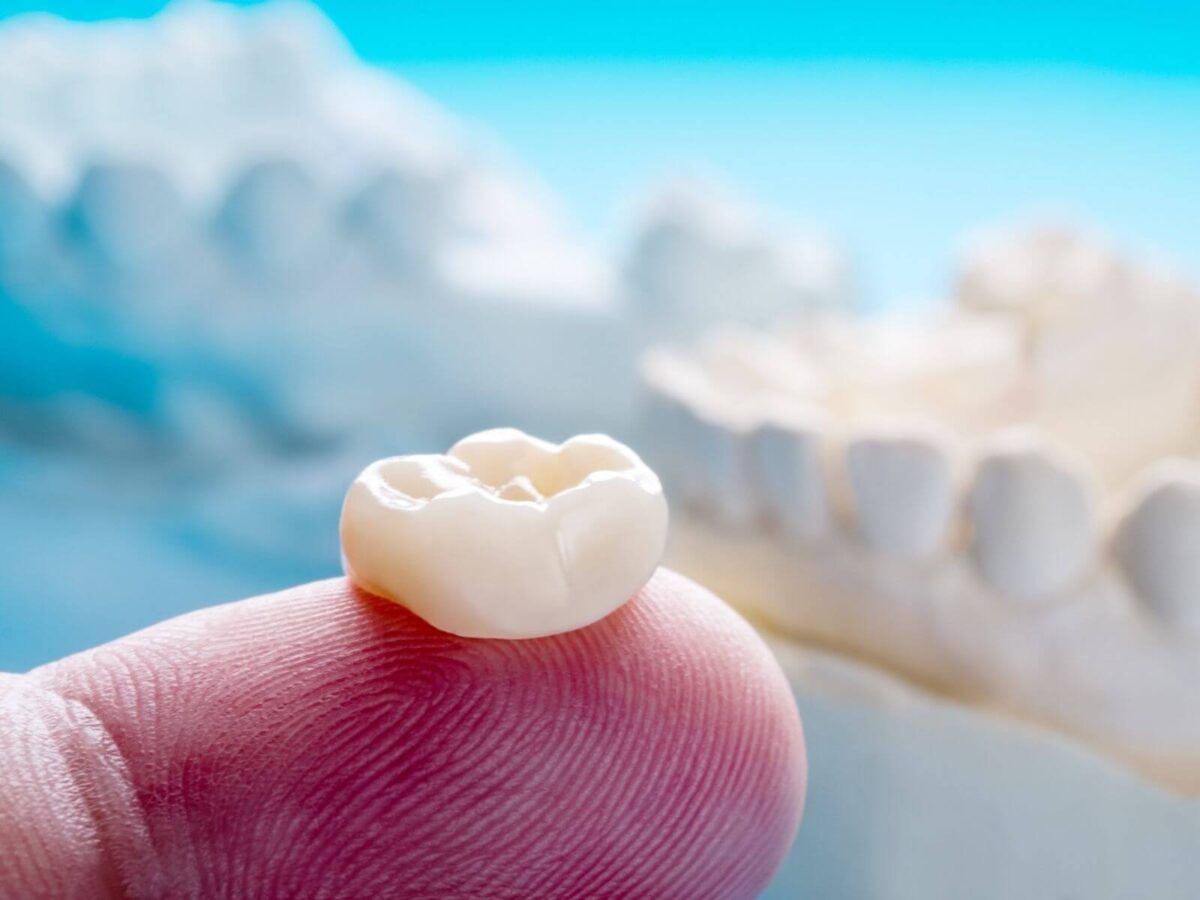Blog
Dental hygiene tips for healthy teeth & gums

5 Signs You May Need A Dental Crown
One of the most often carried out restorative treatments by a dentist is the placement of a dental crown. You might want a crown on a tooth for several different reasons. When you had a weak tooth before the crown was developed, the dentist would just have it removed.
Now, with crowns, you can easily get a damaged tooth repair and save the actual tooth. But the question is, when should one get a dental crown? It can be challenging to determine when a crown is required; hence, there is no a simple, rapid response.
Your Cypress Dentist TX is an expert at deciding whether a crown is required. Also, we wanted to assist you in understanding what a dental crown is and what the signs of possible need for one are in this article.
What is a Dental Crown?
A tooth consists of two parts: the base and the crown. A tooth’s root is that part below the gum line. The crown of the tooth is the part seen above the gum. A dental crown is a covering spanning a tooth. It is one of the best dental restoration options.
Overlooking your tooth, this “crown” seems natural and shields it. A crown can also enhance the look, function, or contour of the tooth. It rebuilds the structural integrity and strengthens your tooth, thereby restoring its health.
A crown is either made up of porcelain, metal, or both. First, the dentist eliminates any decay from the tooth and then creates an imprint or mold for the crown. The mold is forwarded to a facility where a technician produces the real crown. At last the dentist cements the crown in place over the tooth.
Signs You Should Get A Dental Crown
The 5 main signs below suggest you could require a dental crown; each one is presented in a patient-friendly manner using sensible illustrations.
#1 Cracked Tooth
Though they are really powerful, teeth are not perfect. Eating hard food or grinding your teeth at night can produce chips and cracks. Despite its beauty, a broken tooth can damage the teeth and cause infections.
Clear chips or cracks can produce sensitivity while chewing down. Also, you can feel the pain that comes and goes. Dentists prefer a crown for such damaged tooth repair. Covering whole teeth, dental crowns hold them together and stop the crack from getting worse. It also helps the tooth to regain its form, thereby guaranteeing that it looks and performs normally.
#2 Aesthetic Enhancement
Dental crowns serve purposes beyond only covering broken teeth. They can also be used cosmetically to improve the look of trauma- or hereditary-caused malformed or discolored teeth. Other cosmetic problems could be smaller teeth than others, missing teeth compromising your smile, and reluctant stains not getting lighter.
In these cases, a dental crown improves the form, size, and color of the tooth and covers it, therefore acting as a cosmetic enhancement. Crowns provide a permanent solution, whether your goal is to correct a single damaged tooth or a more homogeneous smile.
#3 Root Canal
While the operation leaves the tooth hollowed out and weak, root canals save diseased or decaying teeth. Following a root canal, the treated tooth loses its nerve, so it does not experience pain, but also becomes more likely to break.
After the root canal treatment, following the operation, you can feel oral sensitivity and weak sensation while eating. A dental crown gives the tooth strength and guarantees it performs like your original teeth. The tooth runs the danger of breaking down from its weakening structure without a crown.
#4 Large Fillings
For tiny cavities, fillings are quite effective, but what happens when a filling covers more than half of a tooth? The surviving tooth structure might not be strong enough to withstand consistent chewing pressures. Here is where crowns are useful.
Important indicators are regular dental pain or discomfort and discoloration all around the filler. A crown offers necessary support if your tooth shows major deterioration or a big filling. Like armor, it shields the compromised tooth from more decay or fractures.
#5 Grinding Tooth
Either you clench your teeth during the day or grind them at night. Bruxism is a habit that, over time, wears down the surface of your teeth, causing pain, sensitivity, and an unequal bite. It can either flatten or wear tooth surfaces.
Furthermore, greater oral sensitivity can lead to jaw pain or headaches when waking. Dental crowns restore a tooth by covering its surface, allowing easy biting and eating. If grinding continues, your dentist may also advise a sleep guard to stop more damage.
Save Your Smile With Early Action
Your teeth are in constant conversation with you. When they exhibit wear, damage, or decomposition, pay attention. If you get a dental crown early on, you can avoid serious issues like infections or tooth extraction.
Consult your dentist about whether a crown is good for you based on the five signs. Those 5 signs are cracks, decay, a root canal, grinding your teeth, and issues with the tooth’s appearance.
See your dentist to determine whether, should you show any of the mentioned symptoms, a dental crown is needed. Avoid waiting until the discomfort worsens or your tooth becomes weak. Crowns can help in damaged tooth repair and provide the protection your teeth require to remain strong and healthy.


